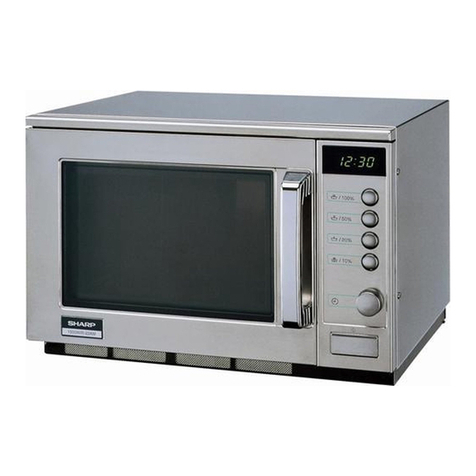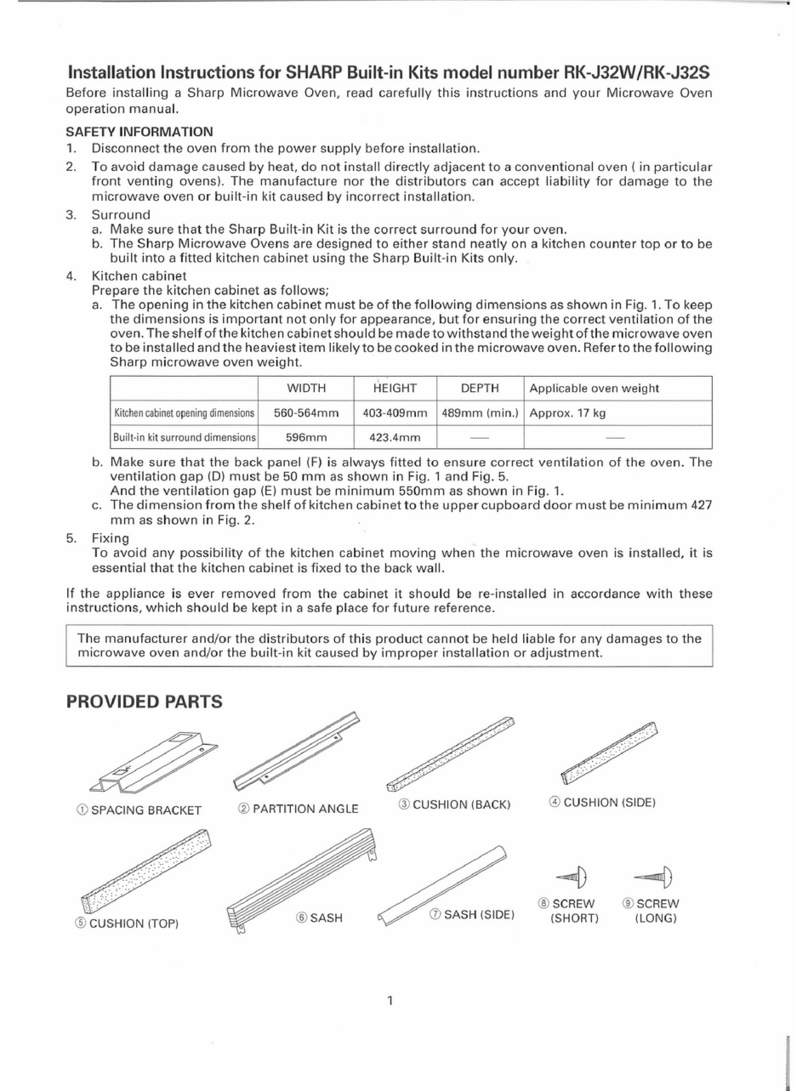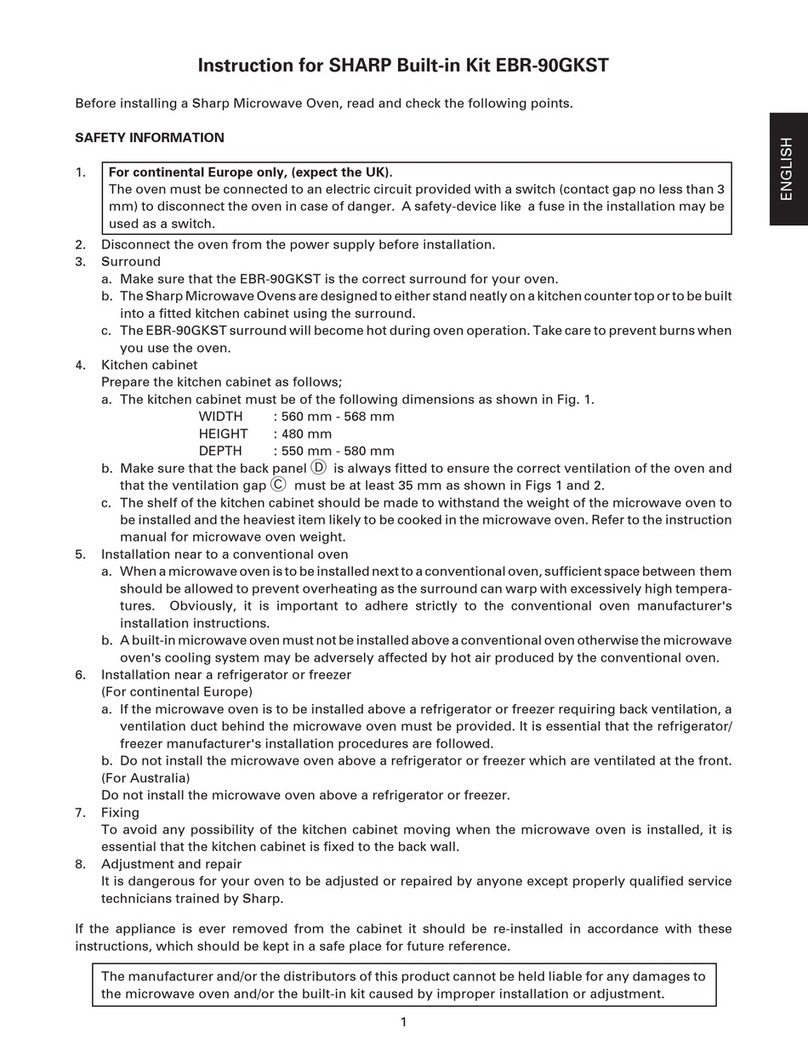Sharp R-211(W)M User manual
Other Sharp Microwave Oven manuals
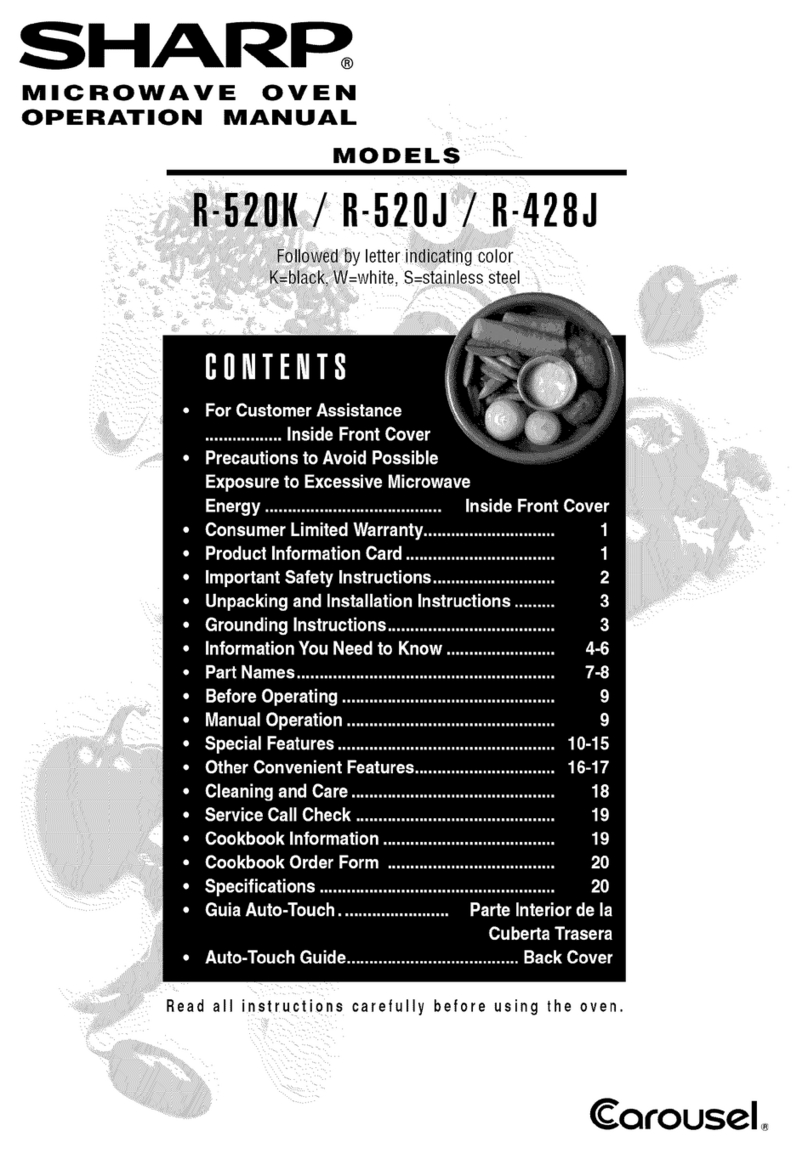
Sharp
Sharp R-428JKF User manual
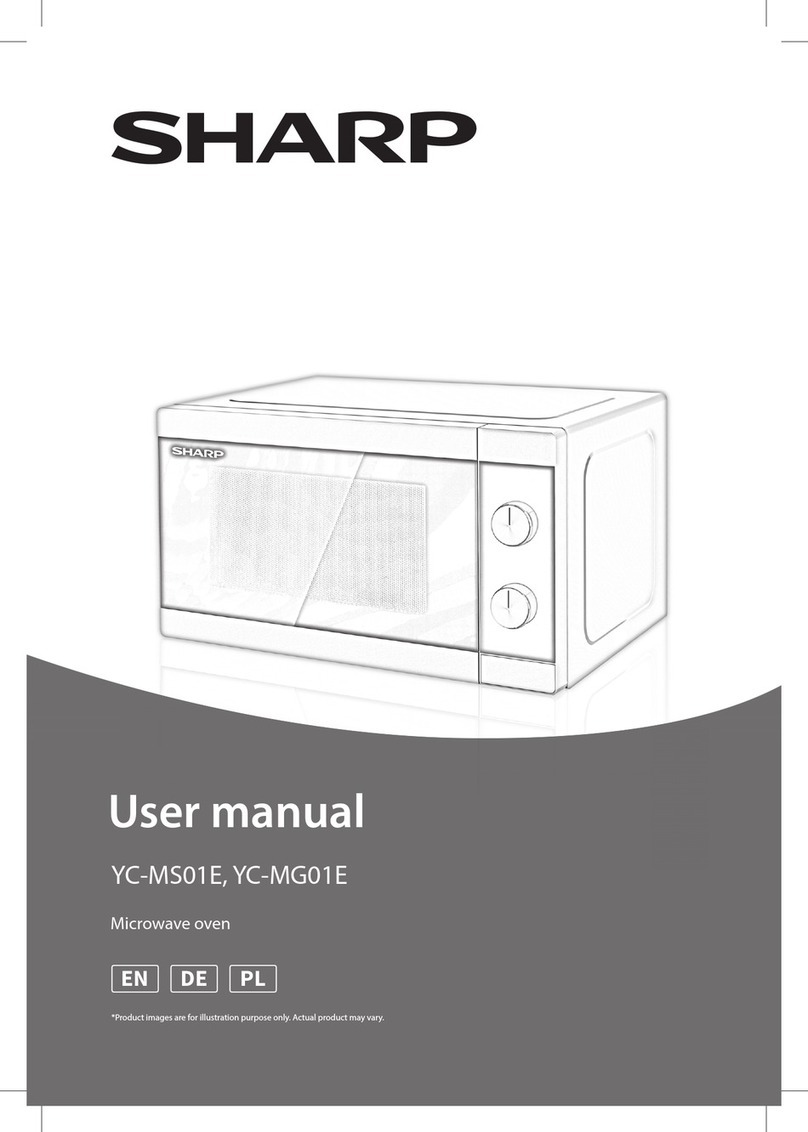
Sharp
Sharp YC-MS01E User manual
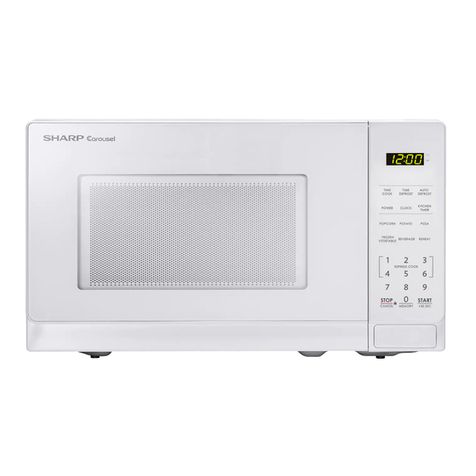
Sharp
Sharp SMC0710BW User manual
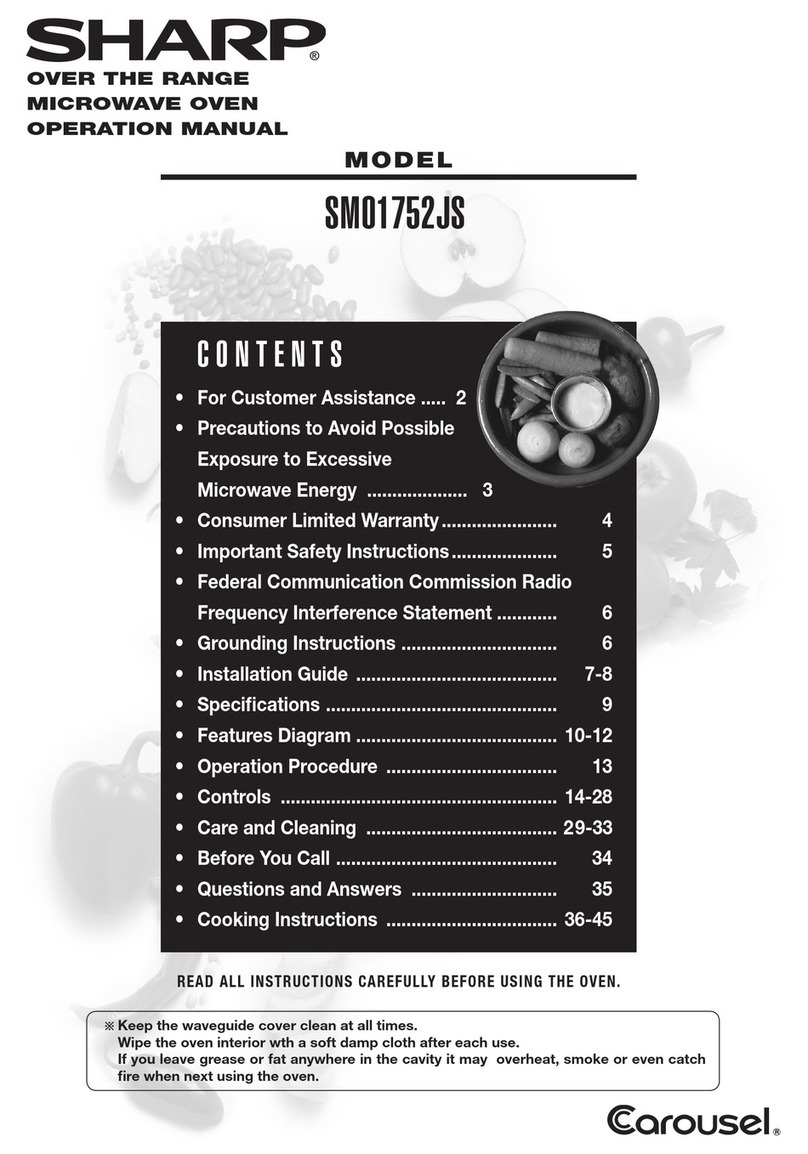
Sharp
Sharp SMO1752JS User manual
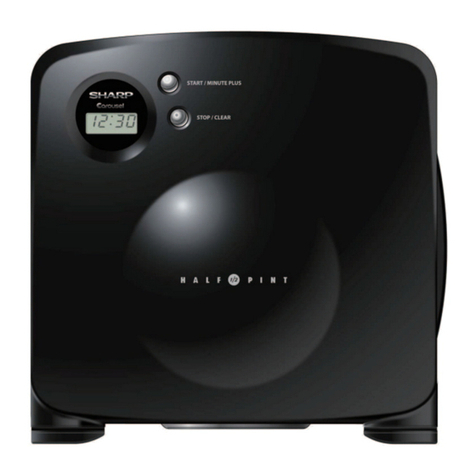
Sharp
Sharp R-120DB User manual
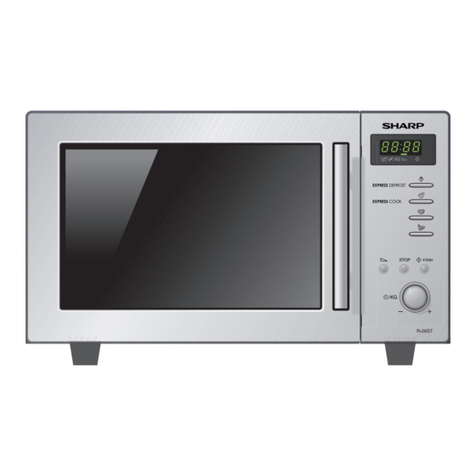
Sharp
Sharp R-26ST-A User manual
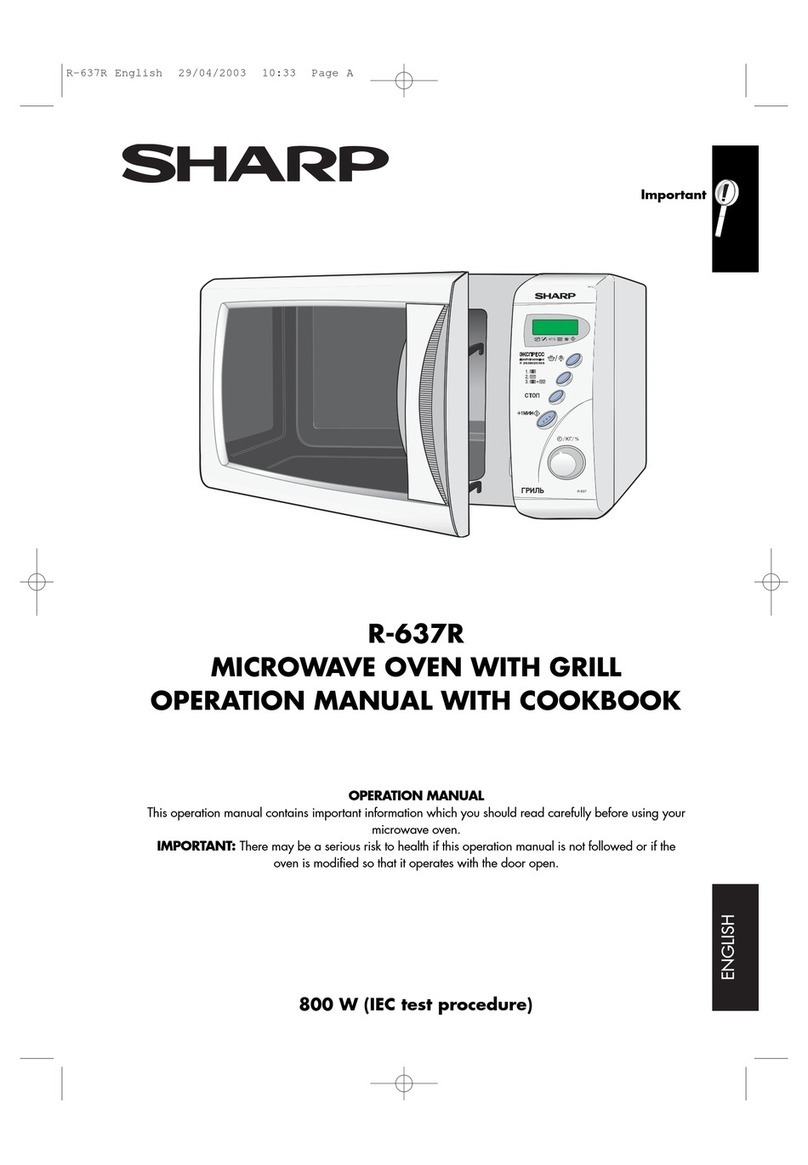
Sharp
Sharp R-637R Instruction Manual
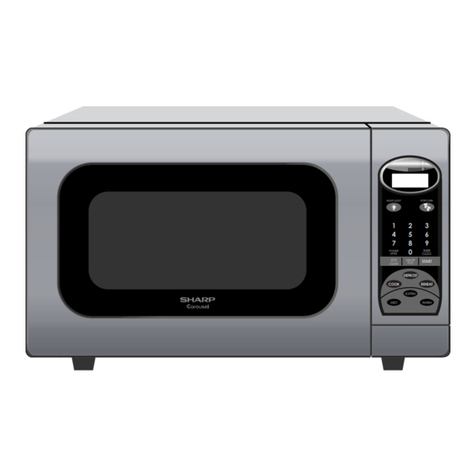
Sharp
Sharp R-405KS-T User manual
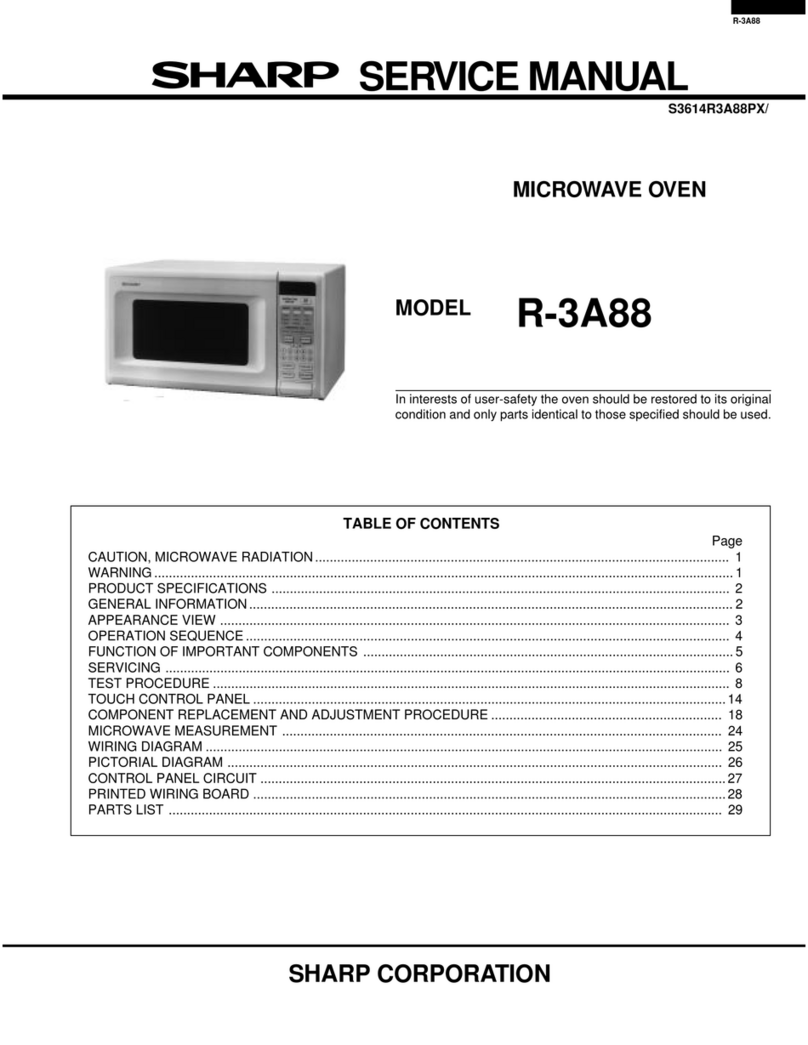
Sharp
Sharp R-3A88 User manual
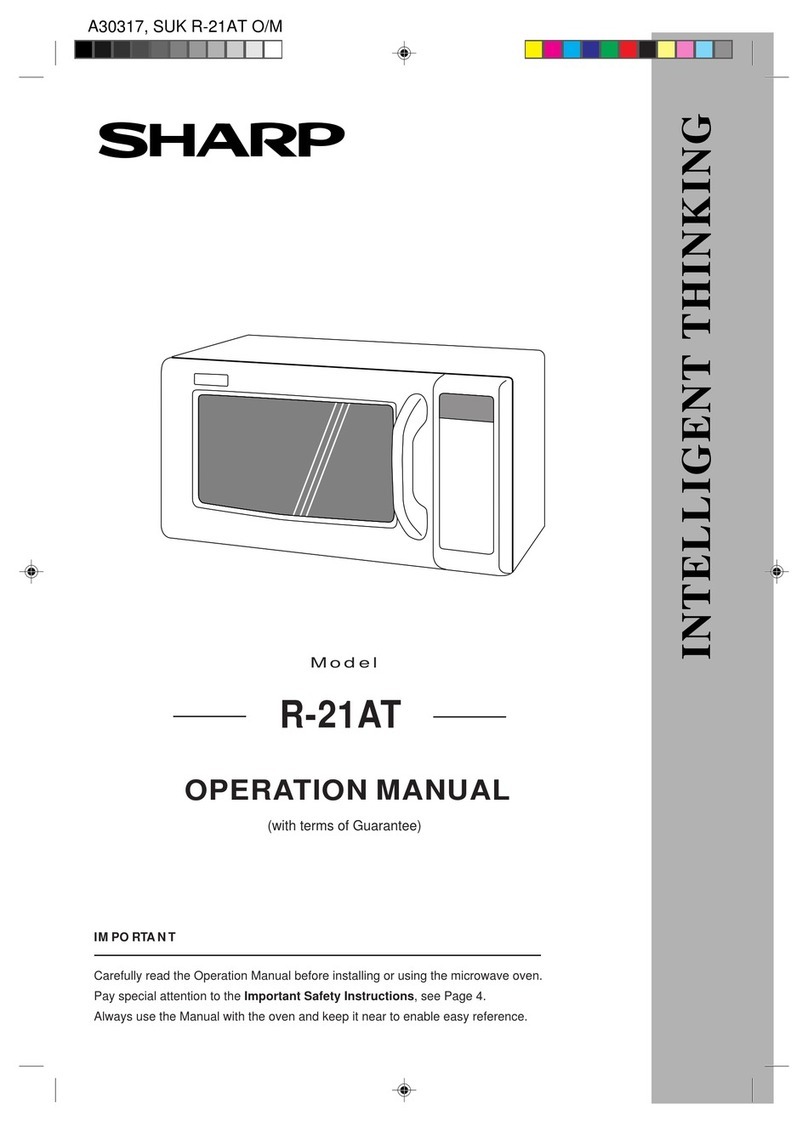
Sharp
Sharp R-21ATP User manual
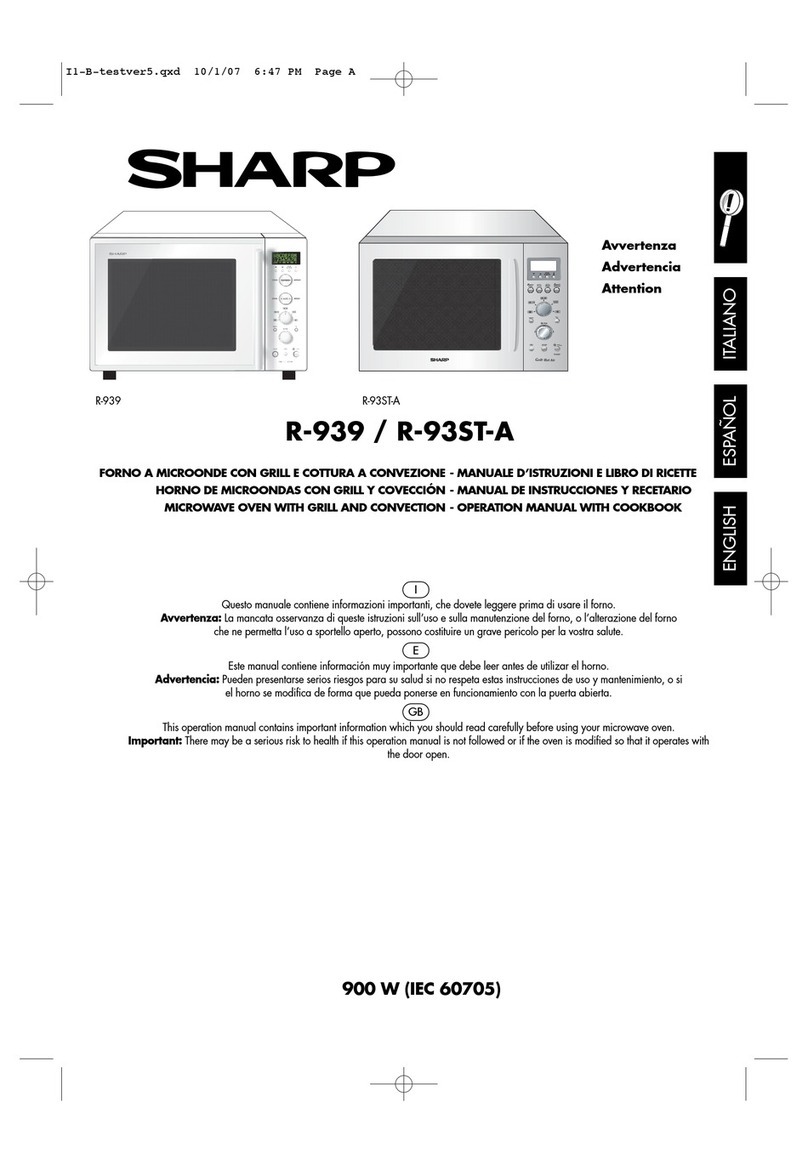
Sharp
Sharp R-939 User manual
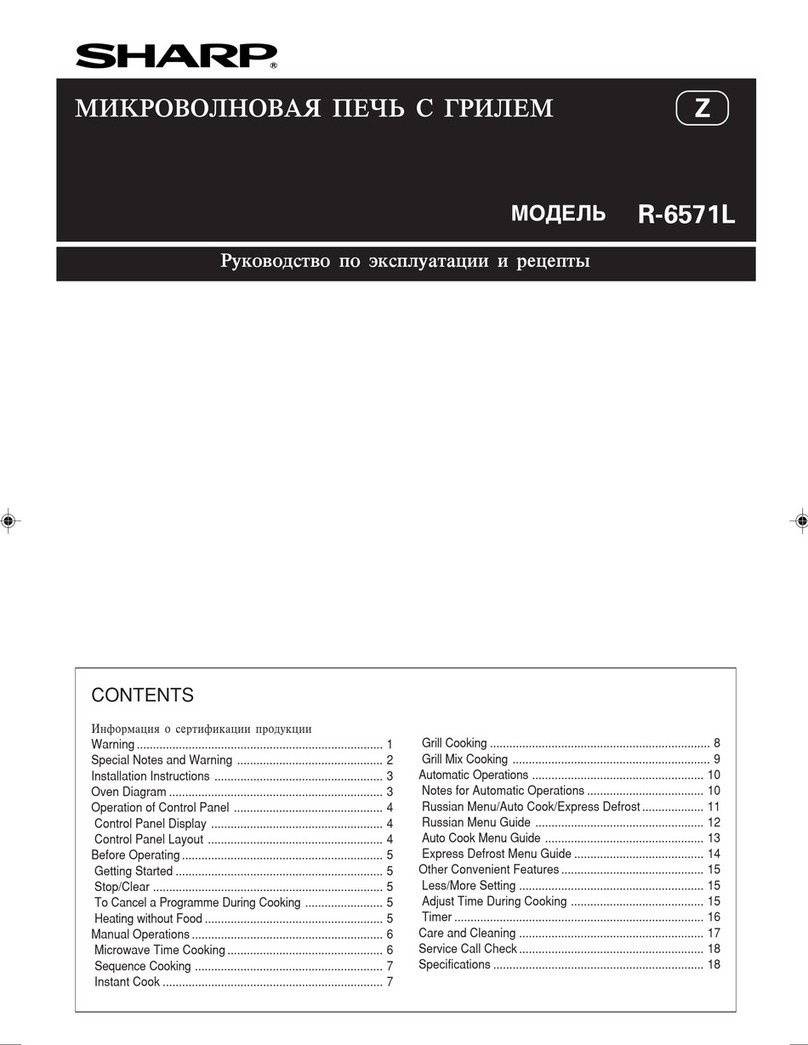
Sharp
Sharp R-6571L User manual
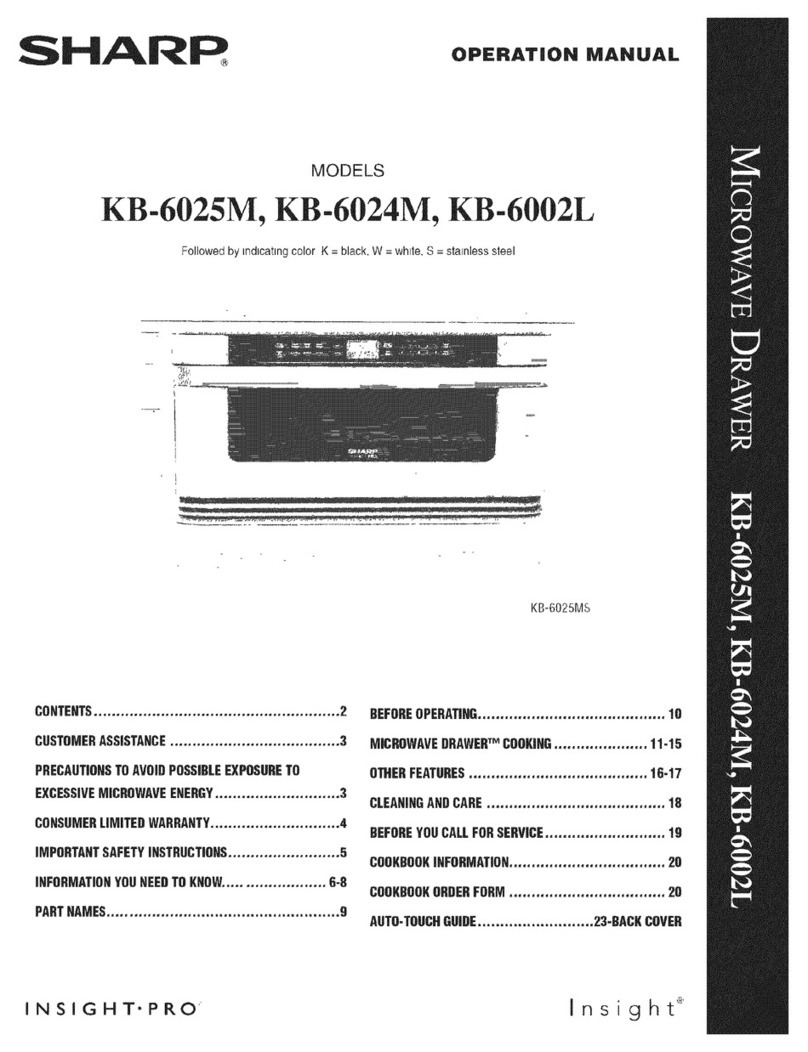
Sharp
Sharp KB-6024MS User manual
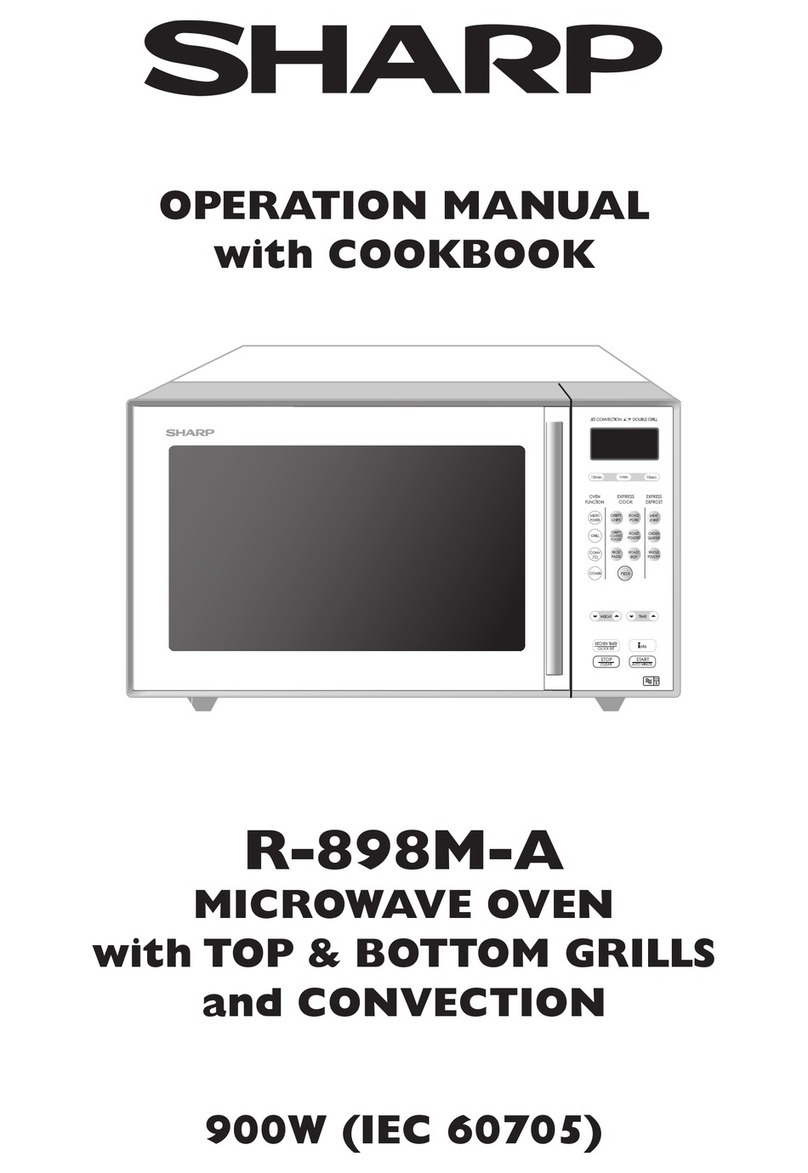
Sharp
Sharp R-898M-A User manual
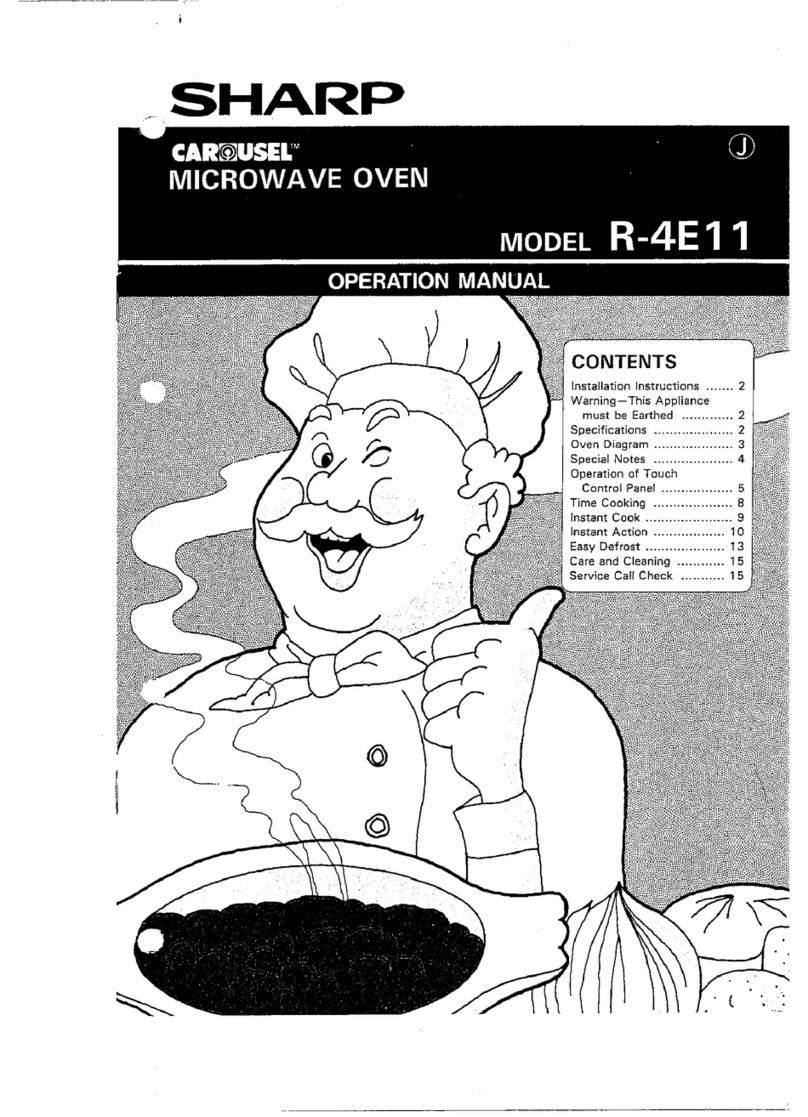
Sharp
Sharp R-4E11 User manual
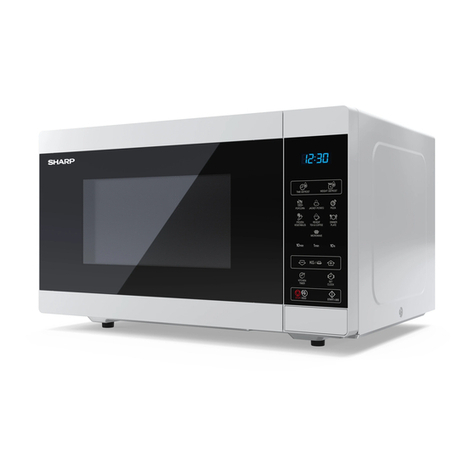
Sharp
Sharp YC-MS51U-S User manual
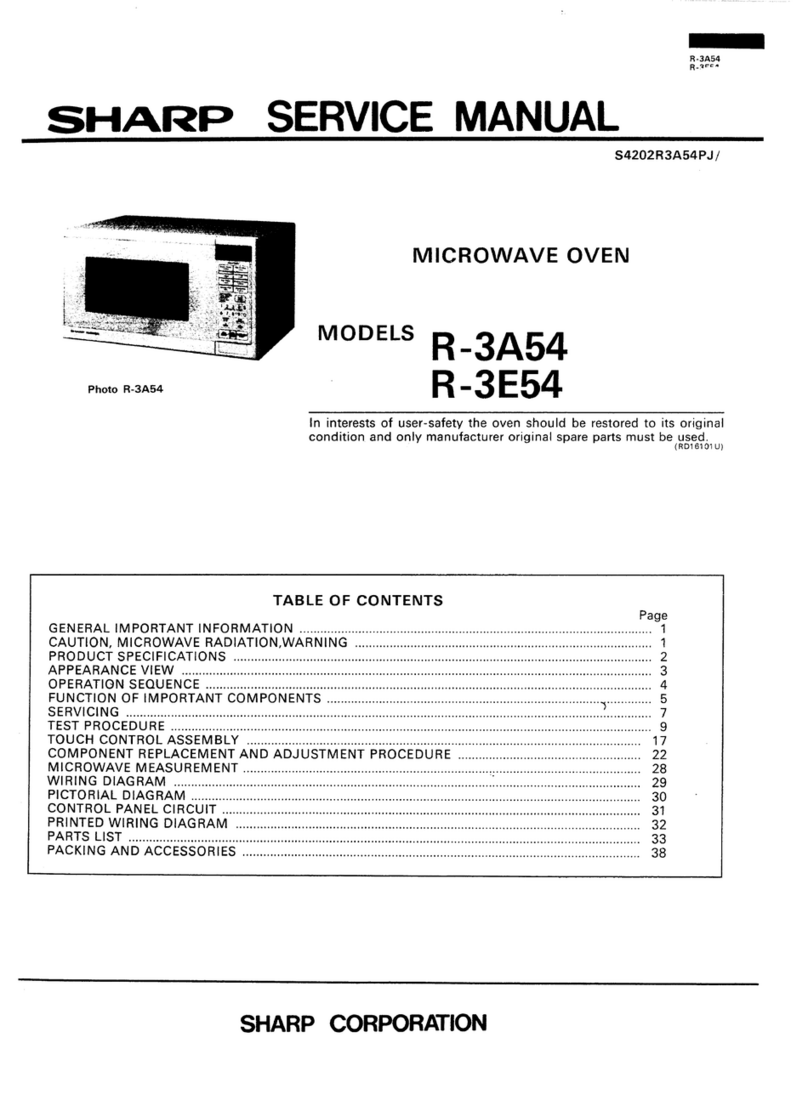
Sharp
Sharp Carousel II R-3A54 User manual
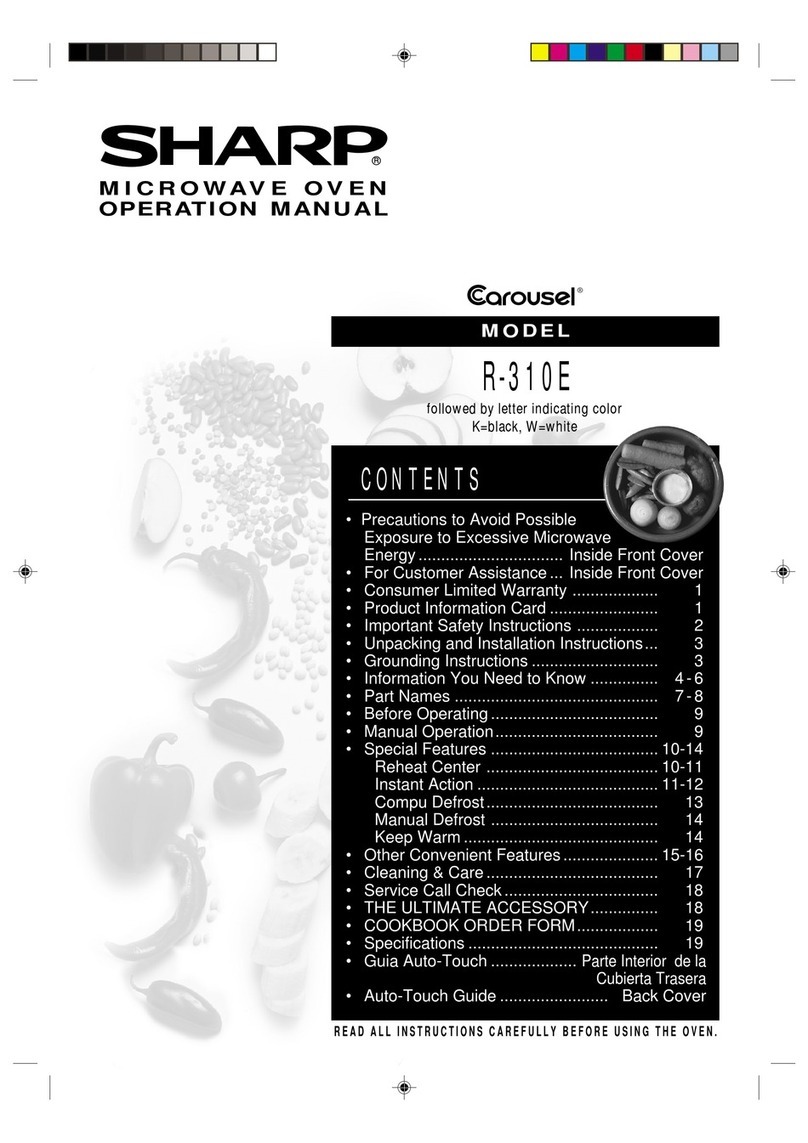
Sharp
Sharp Carousel R-310E User manual
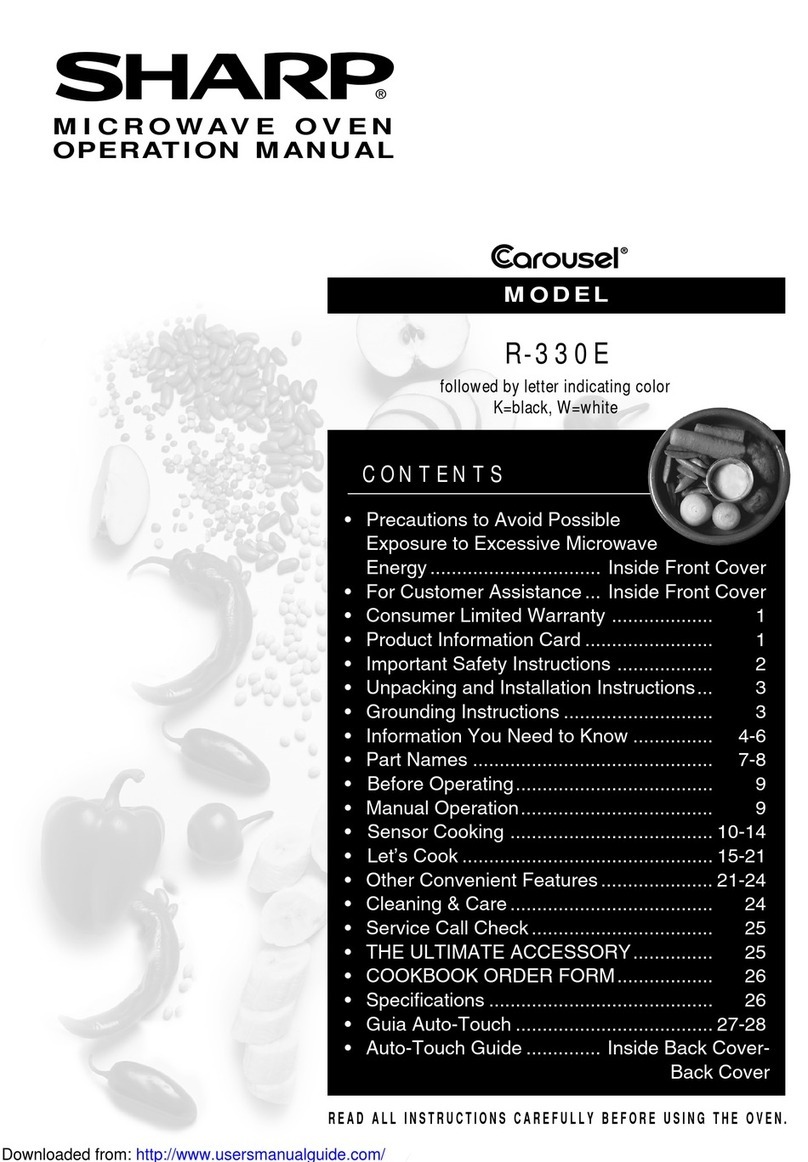
Sharp
Sharp R-330E User manual
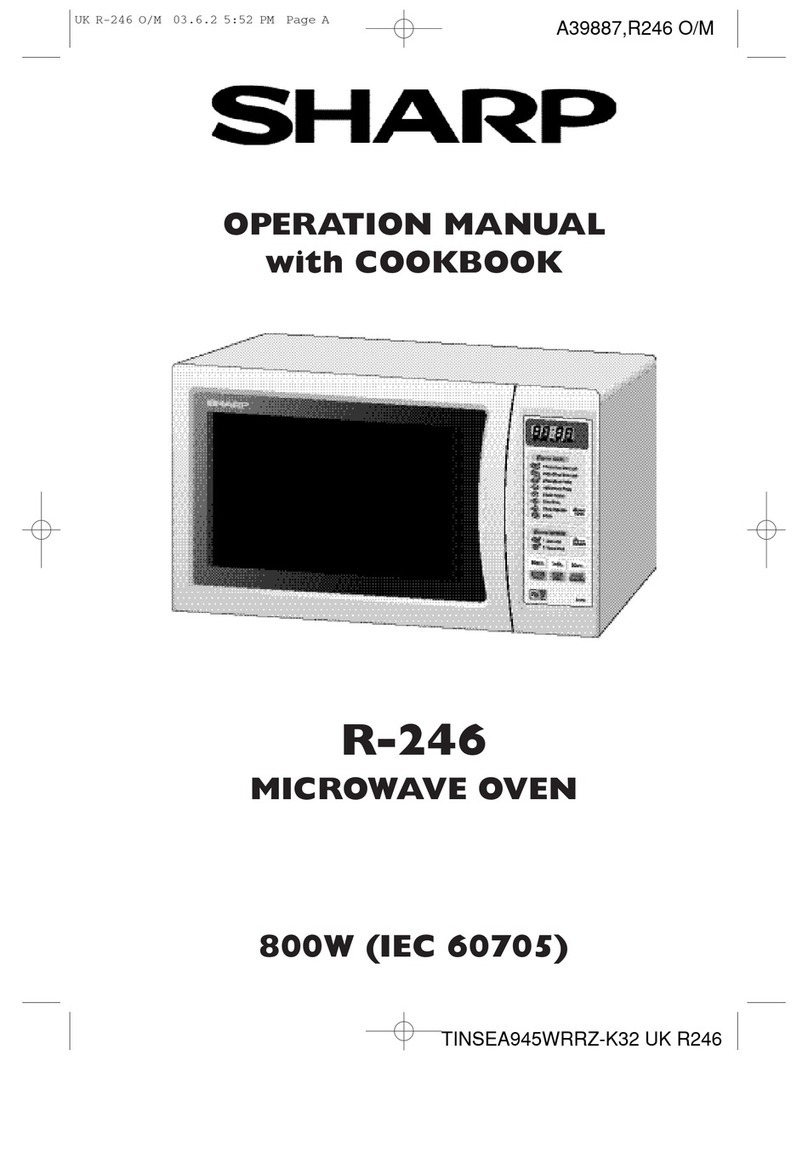
Sharp
Sharp R-246 Instruction Manual
Popular Microwave Oven manuals by other brands

GE
GE Spacemaker JVM1440BH datasheet

DAEWOO ELECTRONICS
DAEWOO ELECTRONICS KOR-6L8K5S83 Operating instructions & cook book

DAEWOO ELECTRONICS
DAEWOO ELECTRONICS KOR-1N5A9S Operating instructions & cook book

Daewoo
Daewoo KQG-6617G Operating instructions & cook book

Samsung
Samsung M1779 Owner's instructions

GE
GE JES1143 Use and care & cooking guide

Miele
Miele H6200BM(TB) Operating and installation instructions

Jocel
Jocel JMO011480 instruction manual

Electrolux
Electrolux EVL8E00X user manual

STOVES
STOVES Q900GRF DO User, installation & servicing instructions

Daewoo
Daewoo KOR-6L0B3S Operating instructions & cook book

KitchenAid
KitchenAid KCMS1555 Use and care guide
